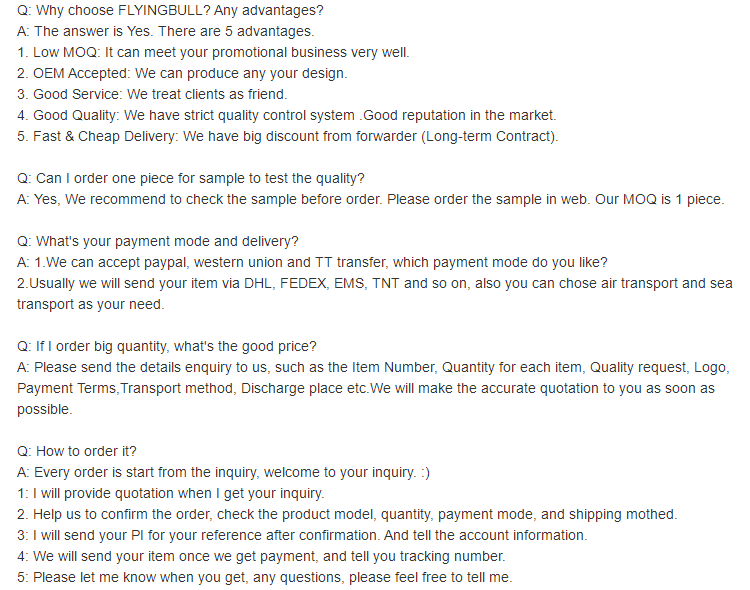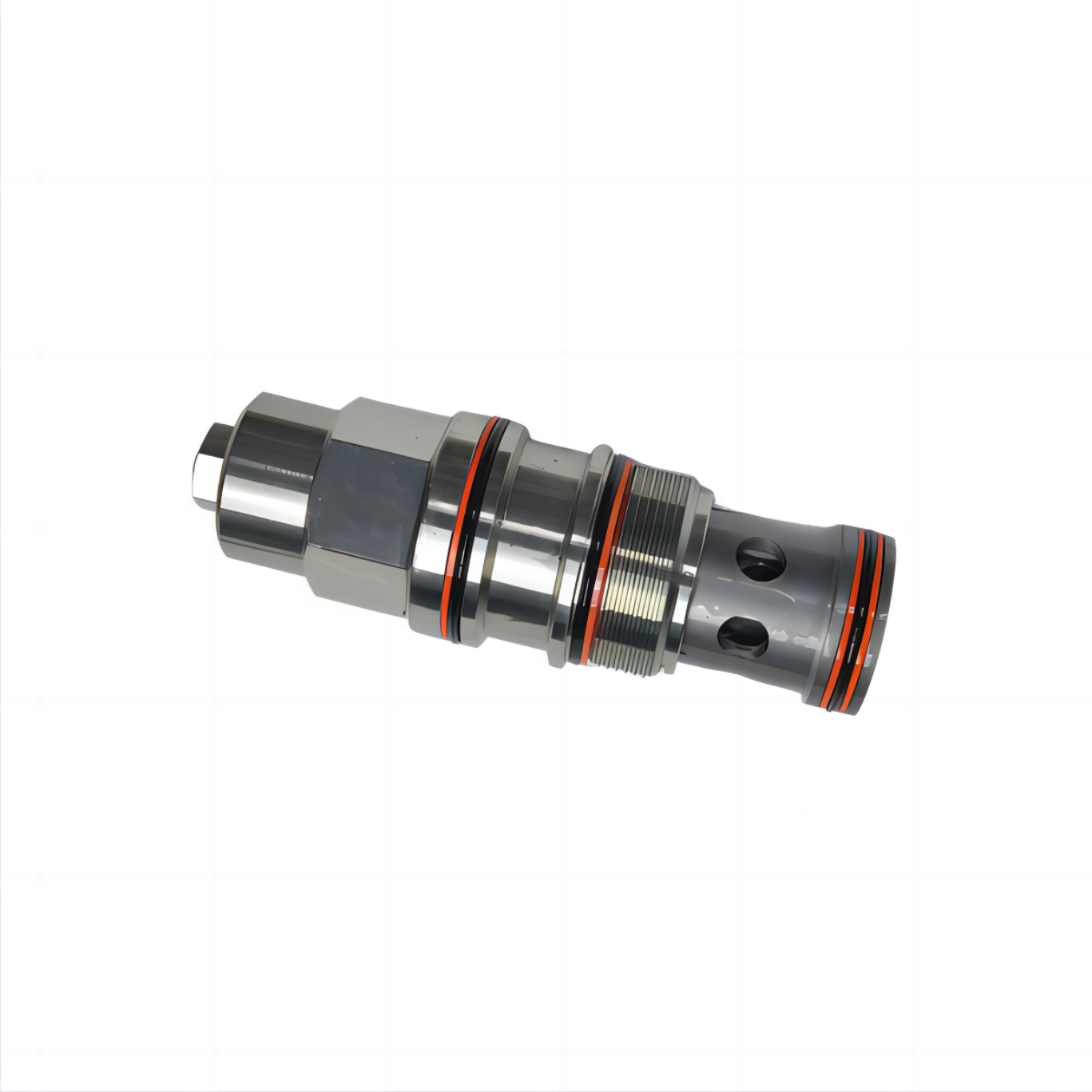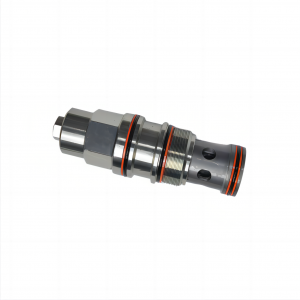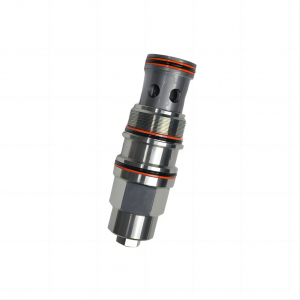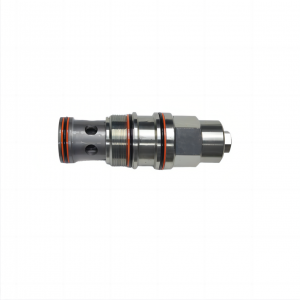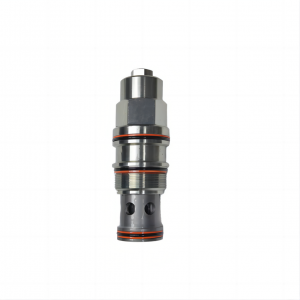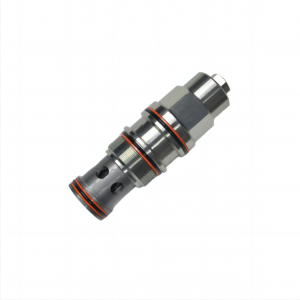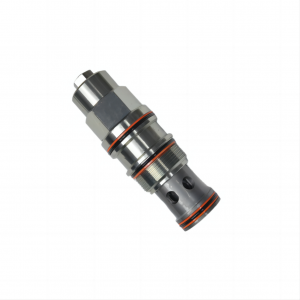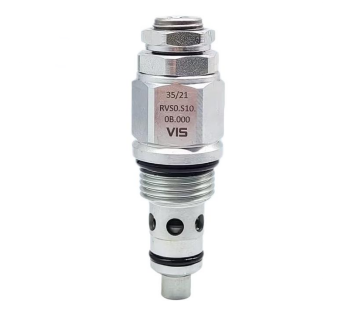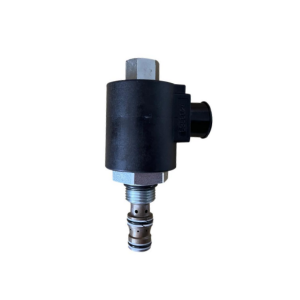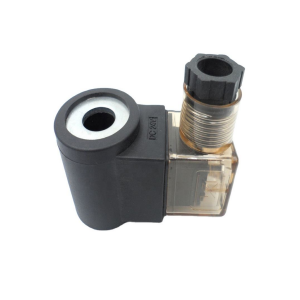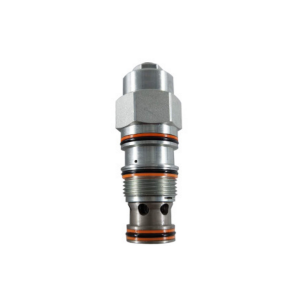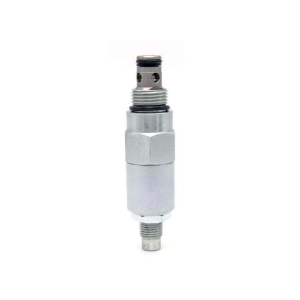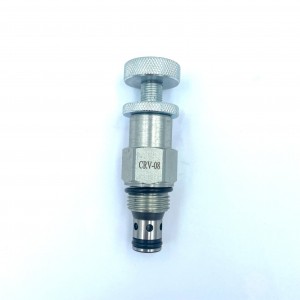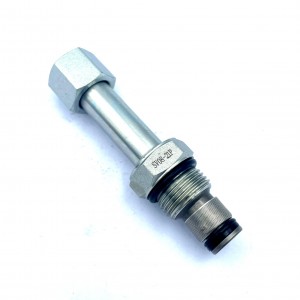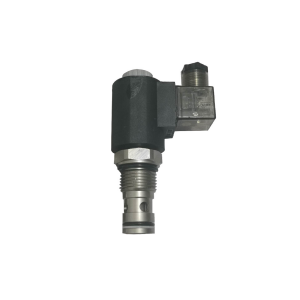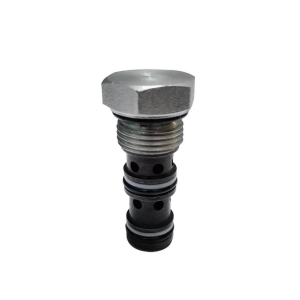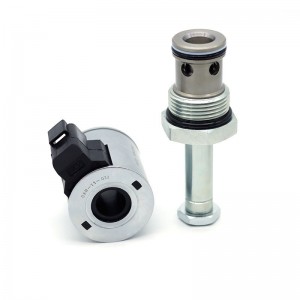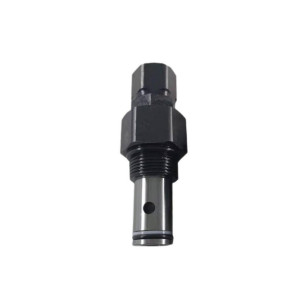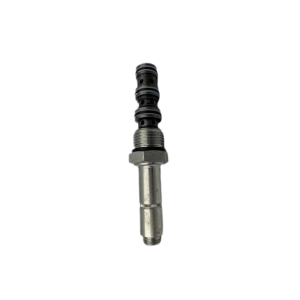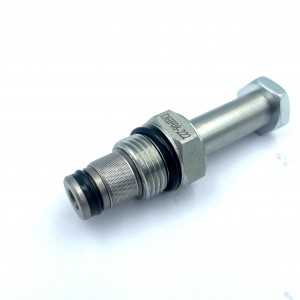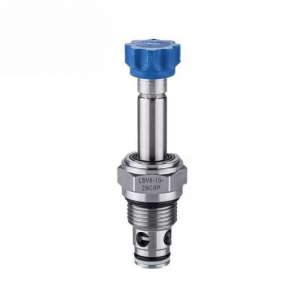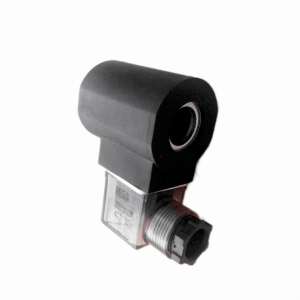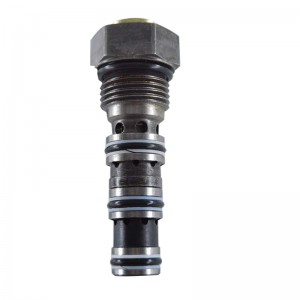Engineering mining machinery parts Hydraulic valve cartridge balancing valve CBIG-LHN
Details
Dimension(L*W*H):standard
Valve type:Solenoid reversing valve
Temperature:-20~+80℃
Temperature environment:normal temperature
Applicable industries:machinery
Type of drive:electromagnetism
Applicable medium:petroleum products
Points for attention
Constant pressure overflow effect: In the quantitative pump throttling regulation system, the quantitative pump provides a constant flow rate. When the system pressure increases, the flow demand will decrease. At this time, the relief valve is opened, so that the excess flow flows back to the tank, to ensure that the relief valve inlet pressure, that is, the pump outlet pressure is constant (the valve port is often opened with pressure fluctuations).
Pressure stabilizing effect: The relief valve is connected in series on the return oil circuit, the relief valve produces back pressure, and the stability of the moving parts is increased.
System unloading function: the remote control port of the relief valve is connected to the solenoid valve with a small overflow flow. When the electromagnet is energized, the remote control port of the relief valve passes through the fuel tank, and the hydraulic pump is unloaded at this time. The relief valve is now used as a unloading valve.
Safety protection: When the system is working normally, the valve is closed. Only when the load exceeds the specified limit (system pressure exceeds the set pressure), the overflow is turned on for overload protection, so that the system pressure is no longer increased (usually the set pressure of the relief valve is 10% to 20% higher than the maximum working pressure of the system).
Practical applications are generally: as a unloading valve, as a remote pressure regulator, as a high and low pressure multistage control valve, as a sequence valve, used to produce back pressure (string on the return oil circuit).
The relief valve generally has two structures: 1, direct acting relief valve. 2. Pilot operated relief valve.
The main requirements for the relief valve are: large pressure regulation range, small pressure regulation deviation, small pressure oscillation, sensitive action, large overload capacity, and small noise.
Product specification
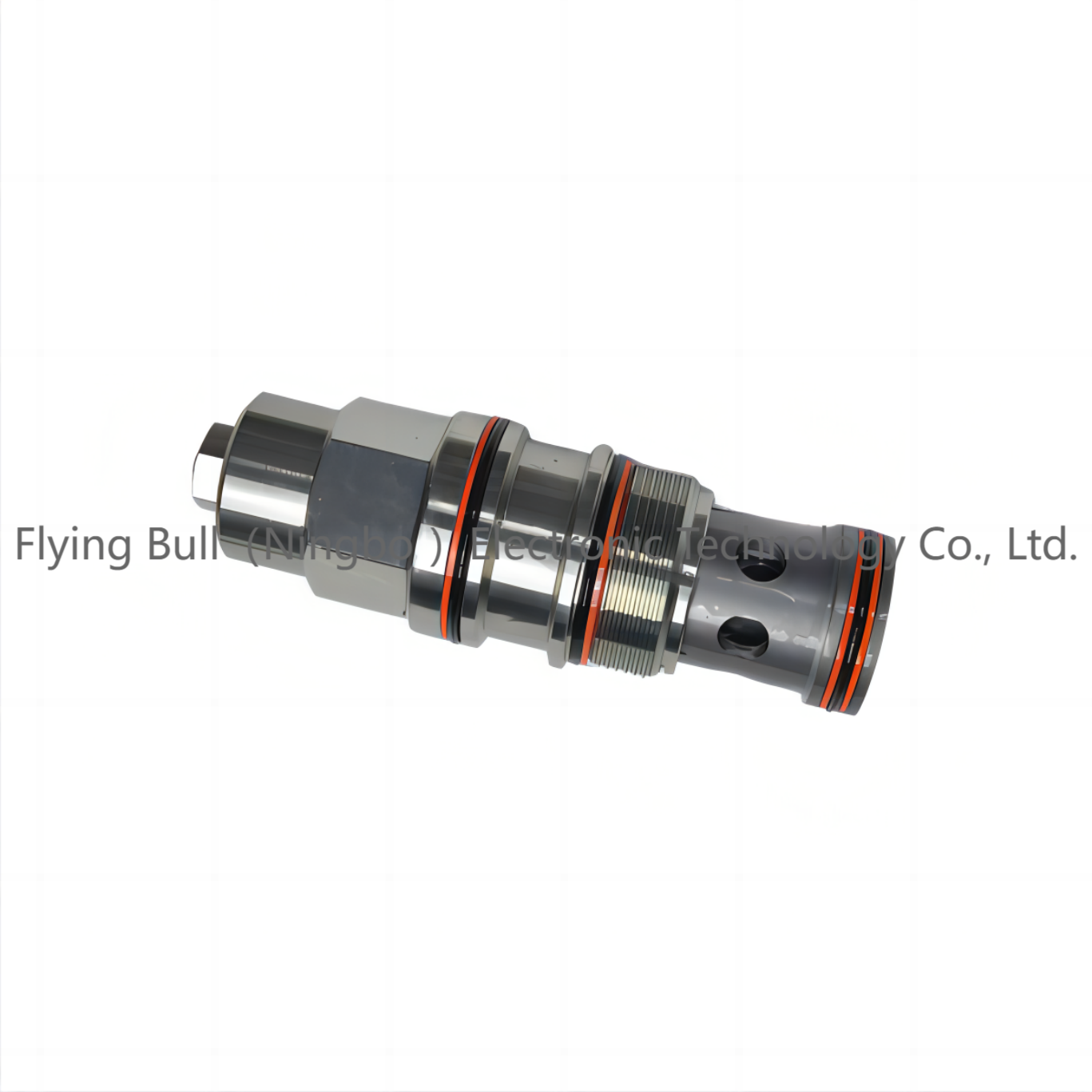
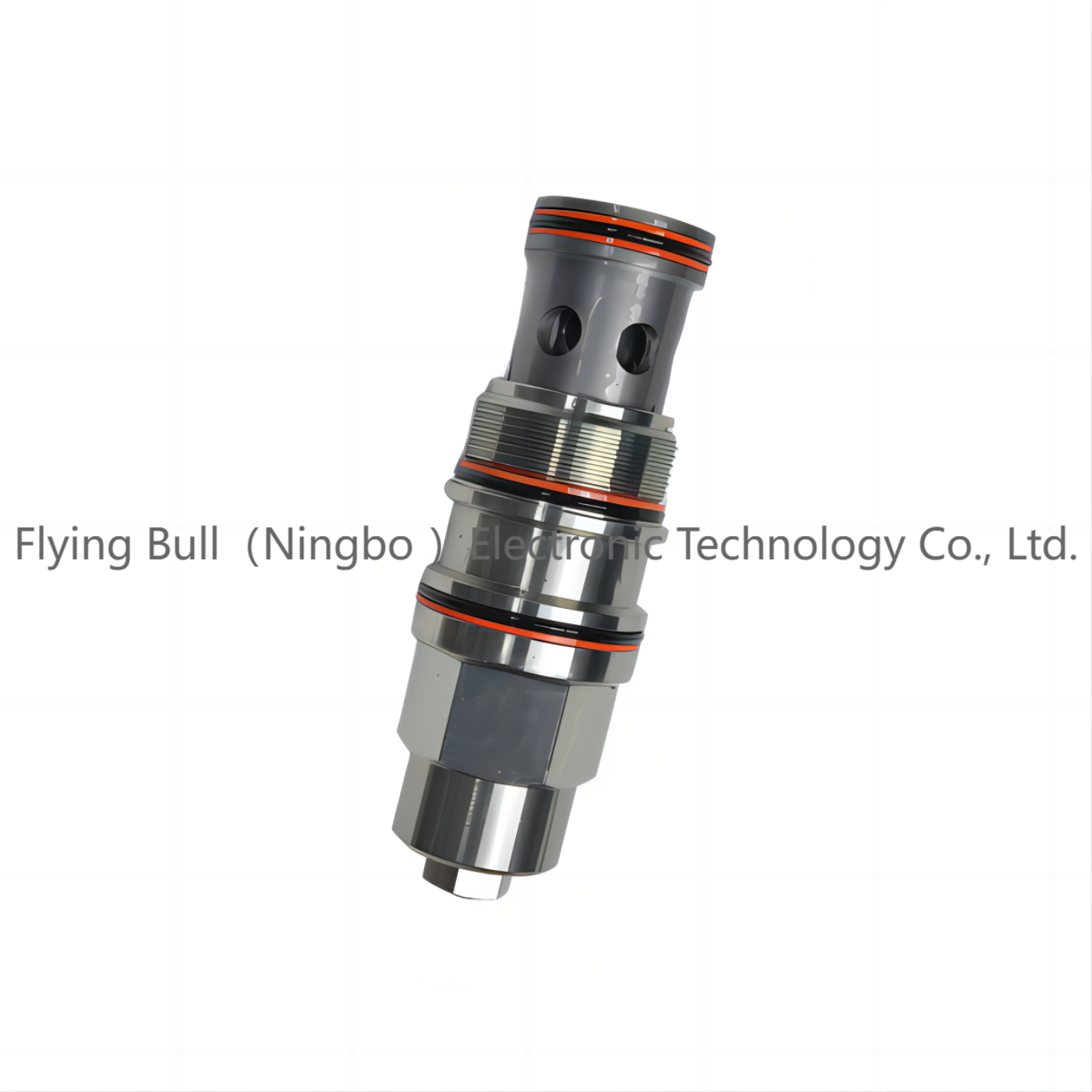
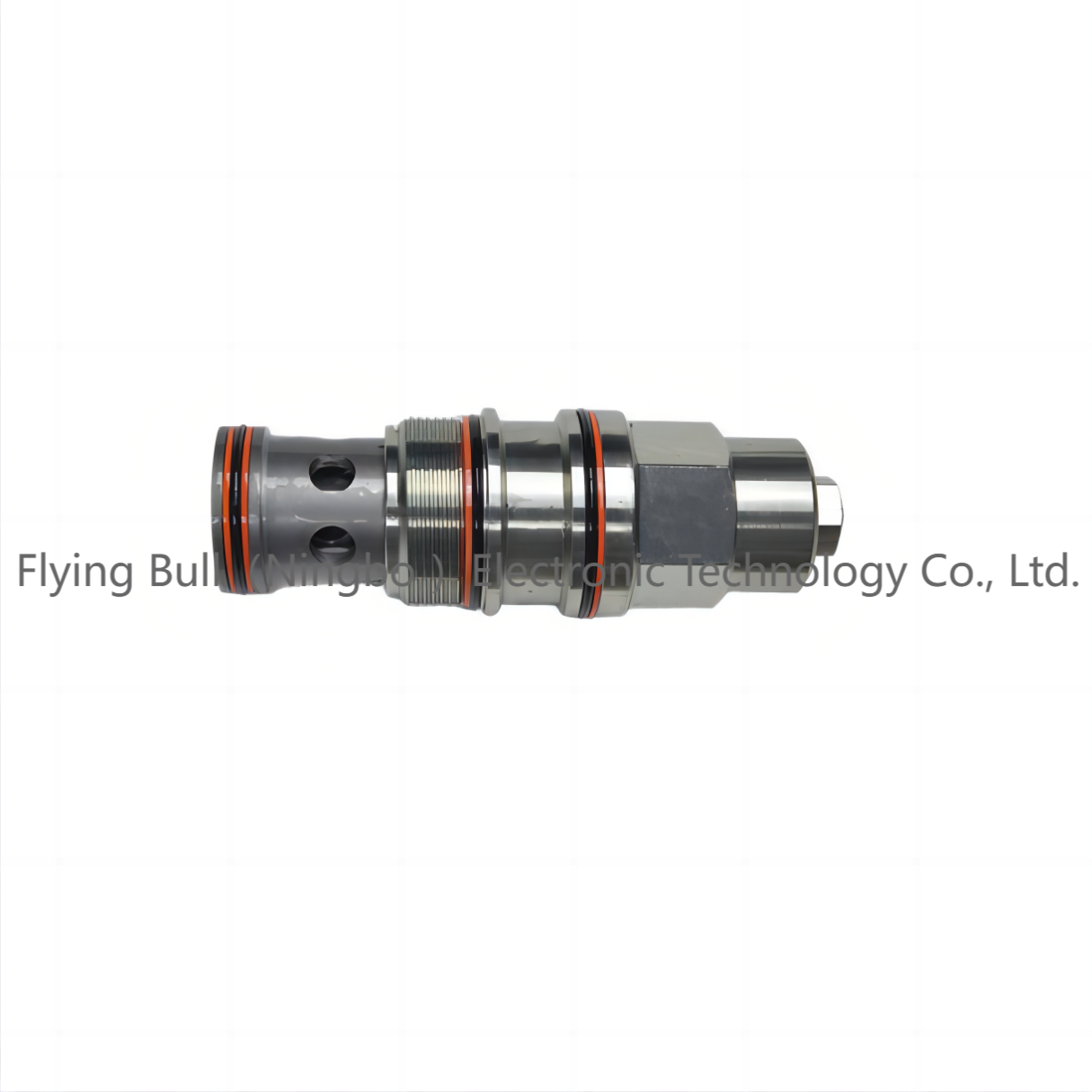
Company details







Company advantage
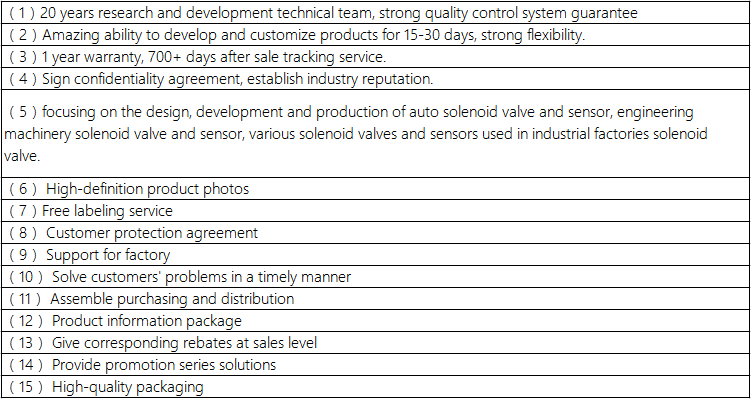
Transportation

FAQ
